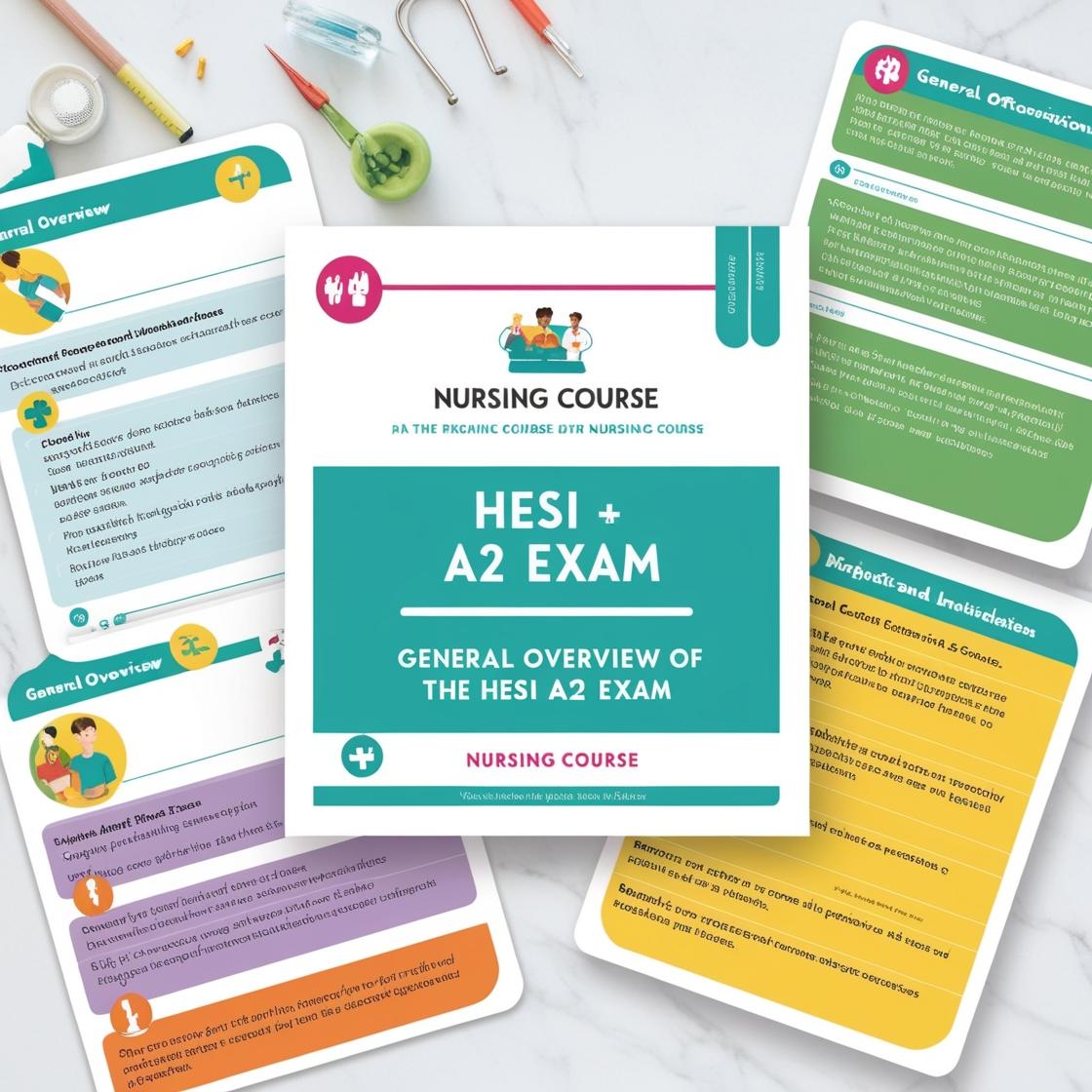HESI A2
HESI A2 Anatomy and Physiology Quizlet
1. Which of the following locations is not involved in the release of hormones during stress?
- A. Parathyroid gland
- B. Adrenal cortex
- C. Posterior pituitary
- D. Hypothalamus
Correct answer: A
Rationale: The parathyroid gland is not involved in the release of hormones during stress. It is responsible for regulating calcium levels in the blood by secreting parathyroid hormone. During stress, the adrenal cortex, posterior pituitary, and hypothalamus play crucial roles in releasing stress hormones like cortisol, adrenaline, and oxytocin. Therefore, the correct answer is the parathyroid gland, as it is not directly associated with the release of stress-related hormones.
2. Which of the following endocrine system glands releases the thyrotrophic-releasing hormone, growth hormone-releasing hormone, and gonadotropin-releasing hormone?
- A. Thymus
- B. Pituitary gland
- C. Pineal gland
- D. Hypothalamus
Correct answer: D
Rationale: The correct answer is D, the Hypothalamus. The hypothalamus is responsible for releasing key hormones like thyrotrophic-releasing hormone, growth hormone-releasing hormone, and gonadotropin-releasing hormone. These hormones play essential roles in regulating various body functions by influencing the activities of other endocrine glands. Choices A, B, and C are incorrect because the thymus is involved in immune function, the pituitary gland releases different hormones, and the pineal gland primarily produces melatonin, not the hormones mentioned in the question.
3. Which of the following structures is part of both the male reproductive system and the urinary system?
- A. Bladder
- B. Urethra
- C. Prostate
- D. Seminal Vesicle
Correct answer: B
Rationale: The urethra is the correct answer as it is a structure shared by both the male reproductive and urinary systems. It functions as a conduit for both urine from the bladder and semen from the reproductive system, making it a crucial component of both systems. The bladder (Choice A) is solely part of the urinary system, storing urine. The prostate (Choice C) and seminal vesicle (Choice D) are structures specific to the male reproductive system, involved in producing and secreting components of semen.
4. Which chamber of the heart is the strongest and largest?
- A. Left atrium
- B. Right atrium
- C. Right ventricle
- D. Left ventricle
Correct answer: D
Rationale: The left ventricle is the largest and most powerful chamber of the heart. It receives oxygenated blood from the left atrium and pumps it out to the body through the aorta, providing the body's tissues with vital oxygen and nutrients. The left atrium primarily acts as a receiving chamber for oxygenated blood from the lungs. The right atrium receives deoxygenated blood from the body, while the right ventricle pumps this blood to the lungs for oxygenation. Therefore, the correct answer is the left ventricle, as it is responsible for pumping oxygenated blood to the body.
5. Which brain structure is involved in memory formation?
- A. Hippocampus
- B. Amygdala
- C. Cerebellum
- D. Medulla oblongata
Correct answer: A
Rationale: The hippocampus is the correct answer. It plays a crucial role in memory formation, particularly in the creation of new memories and their association with learning and emotions. Damage to the hippocampus can result in memory impairments, highlighting its significance in cognitive functions. The amygdala (Choice B) is involved in the processing of emotions, while the cerebellum (Choice C) is primarily associated with motor control and coordination. The medulla oblongata (Choice D) is responsible for vital autonomic functions like breathing and heart rate regulation, not memory formation.

Access More Features
HESI A2 Basic
$89/ 30 days
- 3,000 Questions with answers
- 30 days access
HESI A2 Premium
$129.99/ 90 days
- Actual HESI A2 Questions
- 3,000 questions with answers
- 90 days access
